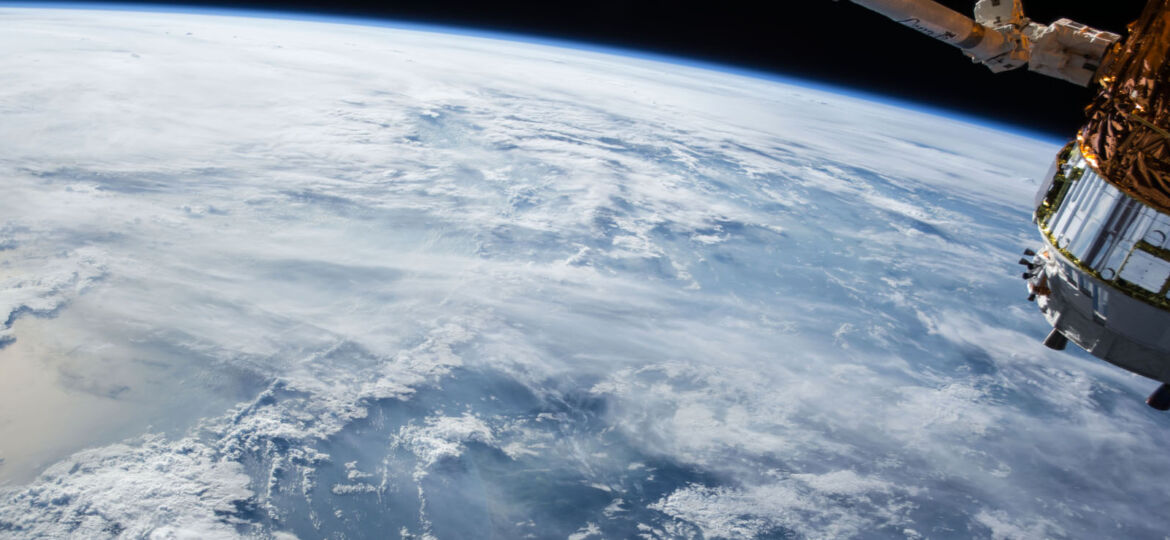
WHY THIS MATTERS IN BRIEF
Laying down hundreds of thousands of miles of fibre optic cable has had its day as space based internet platforms compete with established telcos.
Private spaceflight firm SpaceX has been publicly planning to deploy a network of “Starlink” satellites to offer broadband internet for several years now, but all the details, such as how many satellites to launch and where, have been on the space-based end. Now, a subsidiary company called SpaceX Services has asked the US FCC for authorisation to deploy up to a million ground transmitters to communicate with the Starlink satellites which, in short, would allow Elon Musk’s latest business to blanket the entire US, and eventually the world if his plans work out, with high quality internet coverage and disintermediate the existing fixed line broadband providers all in one fell swoop.
The SpaceX plan consists of launching a large number of satellites in Low Earth Orbit (LEO) which is around 1,200 miles (2,000 km) above the Earth’s surface. The company will start with 4,425 satellites in LEO supported by another 7,518 flying at “very low” Earth orbit at altitudes between 208 and 215 miles (335 to 346 km), and according to SpaceX, these very low orbit satellites will help reduce latency and increase transmission speeds in congested areas like cities, something that’s crucial if you want to offer a quality internet service.
On the ground side, SpaceX now says it wants a blanket license to deploy over one million base stations on Earth that will let consumers access its satellite network. Each terminal would “make use of advanced beamforming and steerable antenna technology.”
The SpaceX constellation is set to operate in the Ku-band spectrum, thus the FCC’s involvement. The Earth stations will transmit at 14.0-14.5GHz and receive signals at 10.7-12.7GHz. For comparison, current LTE networks operate at 600MHz to 2.5GHz. SpaceX has said that Starlink could provide gigabit speeds with latency as low as 25ms, putting it on par with the fixed line terrestrial broadband it hopes to replace.
A recent job posting for SpaceX engineering talent also suggests the base stations will be a consumer facing devices. So, rather than having a cable or DSL modem in your house, you might have one of SpaceX’s Starlink terminals and an antenna that communicates with the satellite network. These terminals are separate from SpaceX’s planned satellite gateway facilities, which could number in the hundreds, and which would connect to the internet backbone, providing online access to Starlink users.
SpaceX is asking the FCC to approve its application quickly in light of it’s “ambitious timetable for launching satellites and deploying broadband services,” and it’s been calculated that if successful this could be a business worth at least $36 billion, which then simply adds more money into Musk’s warchest as he makes no bones about the fact that this entire initiative is to fund his ambitions of colonising Mars.
The company is reportedly targeting the middle of this year for its first Starlink launches, and the service could be online in 2020, a deadline that is ambitious even by Musk’s lofty standards.
















